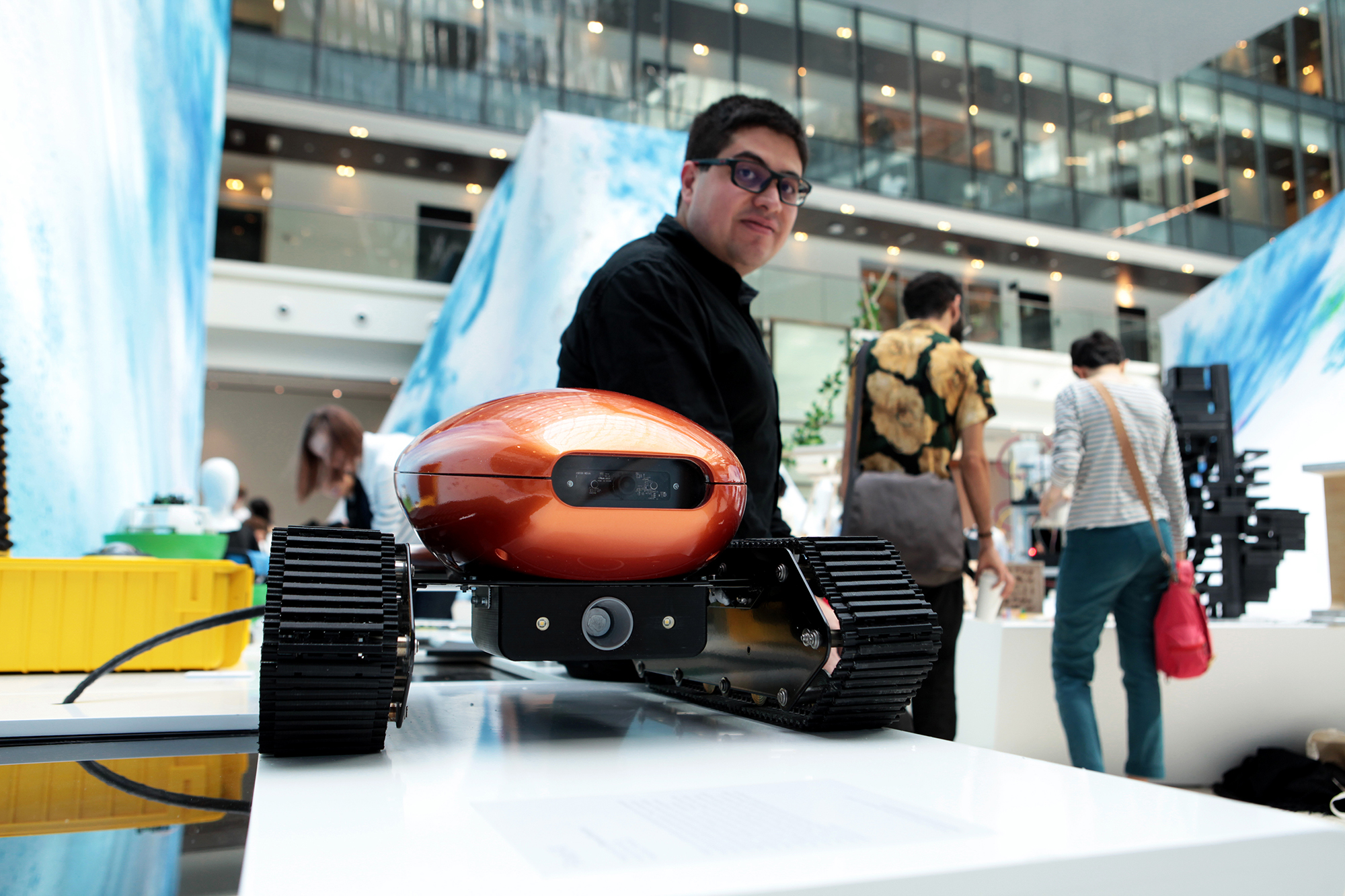
If you’ve ever wanted to experience life beneath the waves without getting your feet wet, now’s your chance. A project called the Aalto Explorer will let members of the public get a first-person view from an underwater drone using virtual reality. At IFA 2019, Digital Trends spoke with Aalto Explorer team member Annie Tran about the project and the team’s plans to get more people interested in the oceans.
The Aalto Explorer consists of an underwater drone, or remotely operated vehicle (ROV), called the Find-X. The team recently built a third-generation prototype ROV that can go deeper than previous versions. The previous ROV could travel only to a depth of 50 meters, but the new version can go all the way down to 100 meters. The current ROV is preparing to launch in a few days with a dive into the Baltic Sea near Finland, where the company is based.
On each “expedition,” there are three roles for participants: Captain, passenger, and researcher. The captain steers the ROV and chooses which direction to move in, while passengers observe and researchers collect data. The participants form a “crew” that can communicate with each other as if they were traveling together, even if they’re located on opposite sides of the world.
Crew members can use the ROV’s 360-degree camera to see under the water and a keyboard and mouse to control the view. But for a truly immersive experience, the visuals from the ROV can be sent to a VR headset, giving crewmembers a first-person perspective of exploring the ocean’s depths.

There’s a clever system for recharging the ROV: An inflatable module that floats on top of the water and acts as a platform. The module has a solar panel that passes on energy from the sun to the ROV. The platform also has a 5G connection to beam data from the ROV to the computers of crew members around the world.
Tran told us that the primary aim of the project is education, as the concept began as a university project. The team wants to get children interested in the ocean, as well as offer a unique opportunity for adults to play at being a ship’s captain. But there’s a role for serious researchers as well, as oceanographers who don’t have the budget for their own undersea mission can come along on trips to collect information about the water around the ROV, including pH, pressure, temperature, and salinity. As the ROV explores, researchers can see data in real time in the software interface.
The team wants to expand the project to build five of the new ROVs, each to explore a different ocean, so they are currently crowdfunding on Indiegogo.




